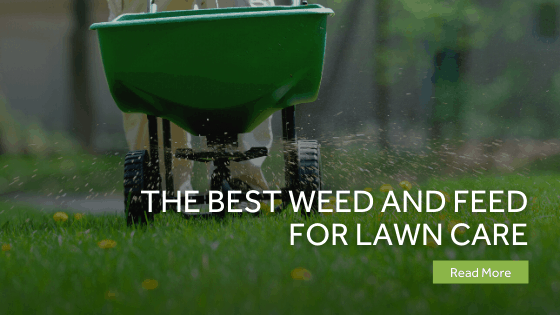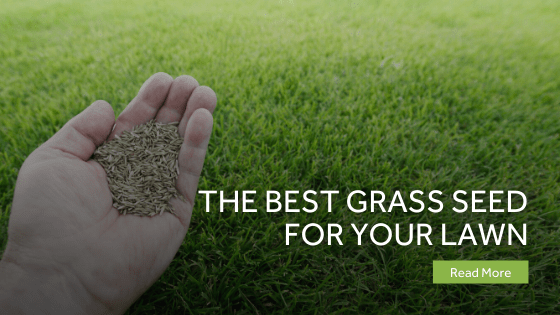Greenhouses are a wonderful way to grow plants and produce while having greater control over the temperature and elements to prevent anything from getting in the way of their growth.
But traditional greenhouses are not always practical or possible in your property, such as if you have size limitations – that’s where mini greenhouses come in.
What is a mini greenhouse?
A mini greenhouse can be defined as a space-saving way to grow plants in your garden because it’s a structure that tends to occupy less than 10 square feet of floor or ground space. However, you can be as creative with it as you like!
If you’re interested in having your own mini greenhouse, there are some important things you need to know about buying them so that they are fun and prolific.
Let’s take a look at how mini greenhouses work and what to look out for when purchasing them.
Table of Contents
What Can You Grow In A Mini Greenhouse?
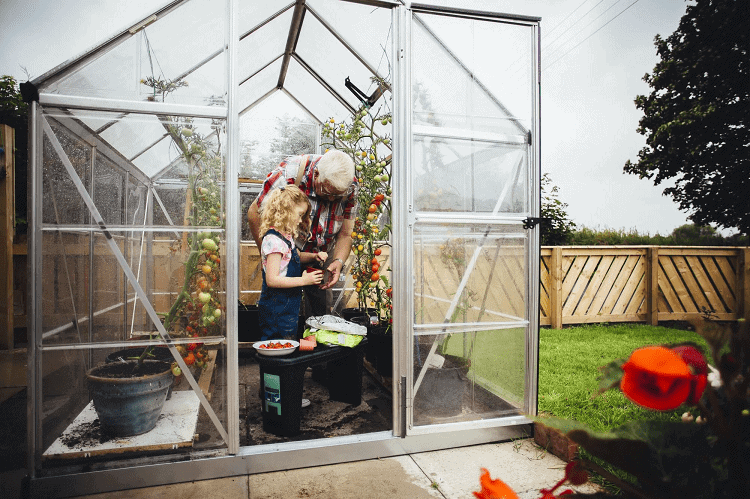
Although they’re small, mini greenhouses don’t have to limit you when it comes to what you can grow in them.
However, what you grow really depends on the season in which you’re growing it, so with that in mind let’s look at what you can grow in your mini greenhouse depending on the season.
During the Springtime
Spring is the perfect time of year in which to prepare plants that you want to grow in your garden.
Your mini greenhouse can be the perfect way to give these plants a head start before they are transplanted into your main garden.
Now’s the time to purchase plug plants and place them in your mini greenhouse.
Plug plants are basically seedlings that have already been germinated and are grown in trays.
Many different types of plants and produce can be grown from plant plugs, such as vegetables, lavender, and perennials, so you’ve got a lot of options at hand.
During The Summertime
When the weather starts to warm up, you should use your mini greenhouse to store and grow crops that are more tolerant of the heat.
These include cucumbers, tomatoes, and peppers. Even herbs like basil can thrive in the conditions of a mini greenhouse, so make sure you plant these.
If it gets too hot, you should make use of shade cloth on your mini greenhouse to prevent overheating.
This will also ensure that you can continue with your gardening tasks, as usual, all year round without a hitch.
During the Fall
When the weather starts to cool, you should start to think ahead to the next growing season.
Now’s the perfect time to prepare your garden and mini greenhouse. You can do this by getting cuttings of various flowering plants, such as fuchsia.
You can also plant salad crops so that you’ll have food like lettuce during the wintertime, as Garden Products reports.
During The Winter
You can keep your crops and plants growing throughout the cold winter months, but a good idea is to concentrate on having plants that will be able to withstand the dropping temperatures.
Some of the best cold-resistant plants to grow in your mini greenhouse include spinach, carrots, and leafy greens.
In addition, it’s of the utmost importance to ensure that your greenhouse has enough heat through the cold months.
How To Keep Your Greenhouse Warm In Winter
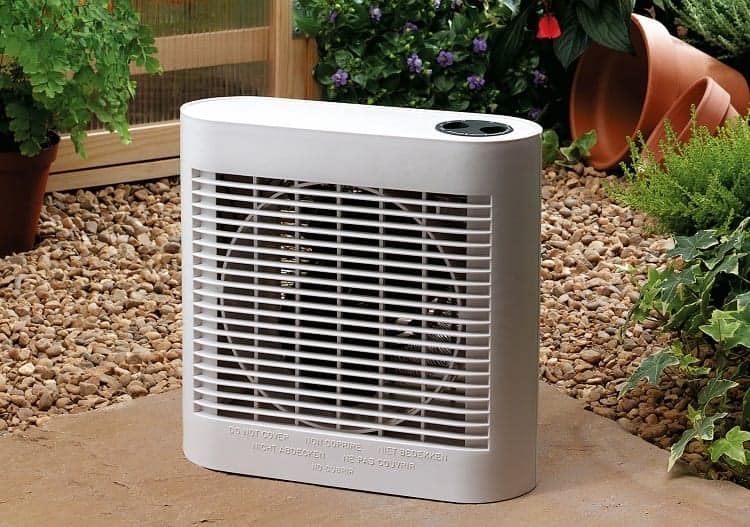
If you live in a southern climate, you will probably receive high amounts of sunlight during the colder months, so you’re lucky that the heat from the sun will be enough to keep your greenhouse cozy and conducive to growth.
However, if the winters are harsh where you live and they don’t offer much sun, you will need to ensure that you can keep your greenhouse warm enough without relying on the sun’s rays.
You can provide greater warmth and insulation in your greenhouse during the cold winters by investing in other heating methods.
These can include making use of a portable gas heater. You can also insulate your greenhouse in addition to using a source of heat, such as with the use of bubble wrap.
This DIY greenhouse insulation method is really easy – simply cover up all the windows and doors of your mini greenhouse.
Insulating your greenhouse in this way will also help you to reduce the cost of warming your greenhouse with a heater because it will make the heat remain in the greenhouse much more and you’ll need less of it.
Another important way to keep your greenhouse warm during the winter is to raise your plants off the cold ground so that they won’t be affected by icy temperatures.
Seven Cultures That You Can Grow In A Mini Greenhouse
You want your mini greenhouse to offer a lot of beautiful veggies and other products, so it’s important to start off with plants that will grow successfully. Here are seven that won’t disappoint.
Strawberries
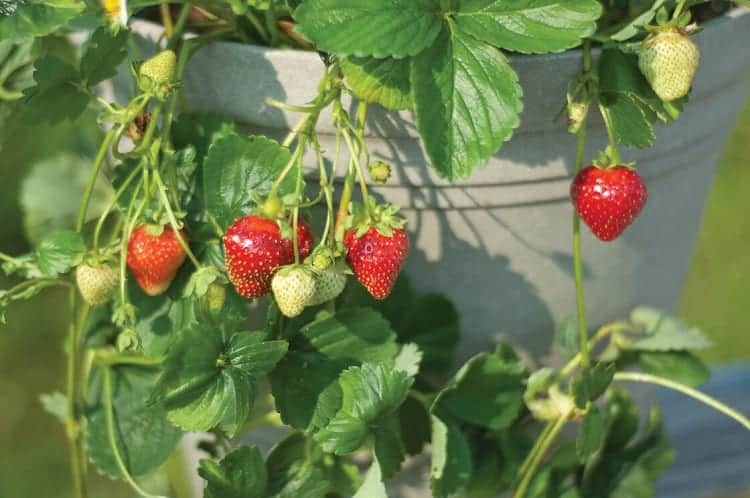
Who doesn’t love strawberries and cream?
One of the benefits of growing strawberries in a mini greenhouse is that you have greater control over how organic they are.
Strawberries are one of the most pesticide-rich types of produce so growing them yourself will help to prevent the consumption of chemicals.
When growing strawberries, make sure you give them soil that’s a bit acidic – it should have a pH of 6.5.
You can ensure this with the use of pine needles in the soil.
Strawberries need well-drained soil and they shouldn’t be planted close to eggplants or tomatoes as these plants are all susceptible to Verticillium wilt, which is a fungal disease.
You can keep your strawberries free of this fungus by making sure the soil is light and well-drained, and by avoiding putting strawberries in low, wet spots.
Winter Spinach
Although you might think you need to be skilled in gardening to grow winter spinach, this isn’t the case.
You just have to follow some important tips. Give your spinach enough fertile soil that’s rich in nitrogen.
Always plant more spinach seeds that you think you’ll need, as spinach will take some time to sprout and not all the seeds will grow.
Avoid mildew from striking your spinach plants by keeping your mini greenhouse well ventilated so that air keeps circulating around it.
Summer Squash
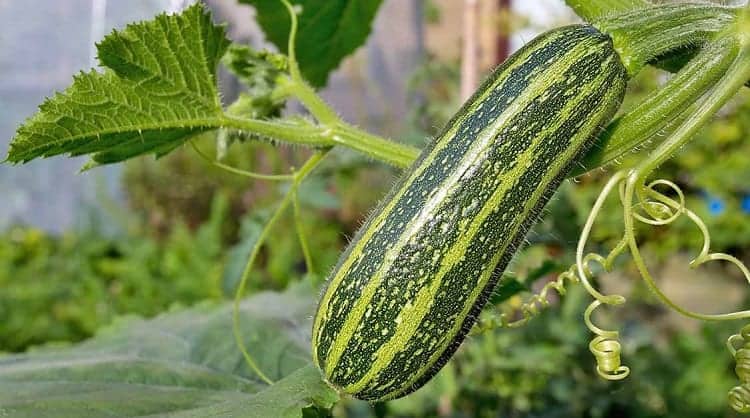
This is one of the best vegetables to start within your mini greenhouse as it grows easily and will give you a lot of produce.
All you need to do is make sure that the mini greenhouse temperature has reached 65 degrees Fahrenheit before you germinate squash seeds.
They need the greenhouse to be well ventilated to prevent rot and overheating.
If your greenhouse is really short on space, direct the squash plant upwards so that it won’t become unruly.
Tomatoes
These vegetables thrive in warm conditions, so they’re perfect for growing in your small greenhouse where it’s always warm.
They require daytime temperatures that are between 70 and 80 degrees Fahrenheit and night temperatures that are between 60 and 65 degrees.
They also need to be pruned regularly and given fertilizer so that they will grow large. Always give tomatoes well-drained soil.
Pro tip: If you want to maintain a steady stream of tomato production, make sure you plant seeds in early July and then do a second seeding in December to mid-January, as Gardening Know How reports.
Cucumbers
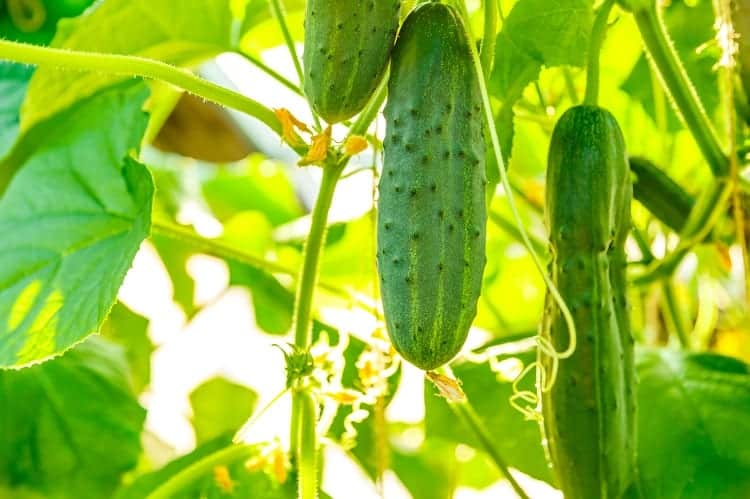
These delicious and refreshing vegetables grow well in greenhouses.
They just need to be given a bit more water than other types of plants.
Since they love to climb upwards, you should support them while ensuring that your mini greenhouse has enough vertical space for them.
You should sow their seeds in early spring. Make sure you keep them moist but avoid overwatering them.
When the cucumber appears on the plant, give the plant a fertilizer that’s rich in potassium so that it will have a growth spurt.
Salad Leaves
These should be a staple in your eating plan, and why not grow them yourself?
Salad leaves such as lettuce are great to grow in mini greenhouses because you can start growing them outside during the summertime and then move them into the comfortable location of your greenhouse to prevent them against the fall temperatures.
This is especially beneficial if you consider that slugs are a common pest that strikes salad leaves, so you can prevent them from attacking by giving your plants the safety of a greenhouse.
Basil
Many herbs will thrive in a mini greenhouse. They’re great because they don’t take up a lot of space and some don’t need much care in order to produce a lot.
An example is a basil and it’s perfect for beginners. Plant basil seeds during the month of June and give them compost.
Don’t forget to add a layer of vermiculite and water so that they will maintain moisture while being insulated enough so that they can germinate, as Love the Garden reports.
Do Vegetables Grow Better In A Greenhouse?
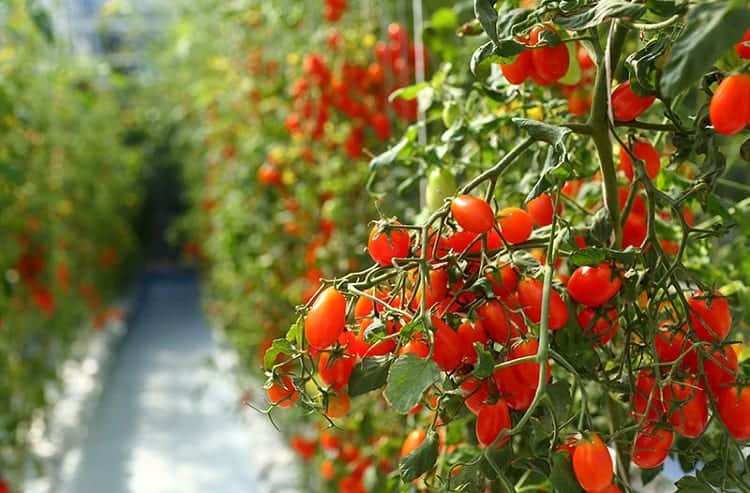
No matter the size of your greenhouse, there’s no doubt that they provide wonderful conditions in which to grow vegetables.
In fact, often what you’ll find is that you can grow healthier vegetables in this way than if you plant them outside.
Not only can plants that are in your greenhouse make the most of the sun’s rays, but they can be protected against pests or even birds that can eat their produce, such as in the case of tomatoes.
You can also prevent frost from attacking your vegetables, thus giving you the chance to enjoy your products for longer.
However, to ensure that your veggies grow well in your mini greenhouse, you should pay attention to whether they’re cool-season or warm-season produce.
- Cool-season vegetables include lettuce and broccoli, as well as spinach and radishes. They need daytime temperatures that are between 50 and 70 degrees Fahrenheit in order to grow. At night, the temperature should be between 45 and 55 degrees Fahrenheit. They don’t need direct sunlight so you can put the greenhouse in an area of your garden where it’s hot but not too sunny.
- Warm-season vegetables include peppers, cucumbers, winter squash, melons, and sweet potatoes. These need to be placed in an area where the daytime temperature ranges from 60 to 85 degrees Fahrenheit and 55 to 65 degrees during the night. These vegetables need lots of bright light.
Based on the above, it’s clear to see that cold- and warm-season veggies won’t always do well when planted together because they have different requirements.
So, perhaps one of the most important things to consider when starting a greenhouse is to think about whether you want warm- or cool-season crops!
The Flowers That Thrive In Greenhouse Conditions
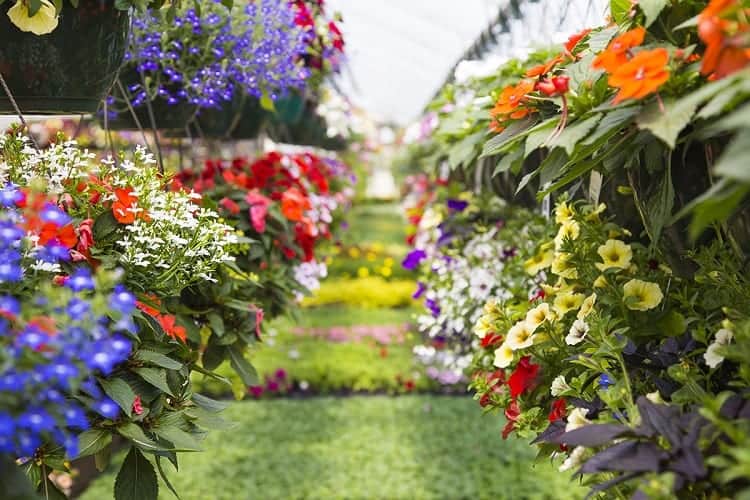
It’s not just fruits and vegetables that you can grow in your mini greenhouse.
There are some lovely flowers that will thrive in your greenhouse.
Here’s a rundown of some common ones that will bloom in beautiful flowers.
- Begonias. Rex begonias are a type of these hardy plants that especially grow well in greenhouse conditions. They have multicolored leaves and striking colors.
- Rosy maidenhair and Himalayan maidenhair. These tropical ferns will give you lovely green bursts of color in your greenhouse. They also grow in clumps so they can be wonderful for making use of floor space.
- Orchids. If you battle to maintain orchids, try putting them in your mini greenhouse to grow. One orchid type known as Cattleya genus is especially great for growing in these conditions, as SFGate reports.
Where Should Your Mini Greenhouse Go?
Choosing the right spot for your mini greenhouse isn’t always an easy task.
It’s made even more complicated because you don’t want to have to move your mini greenhouse from one area of the garden to another – unless you have a mini greenhouse on wheels, that is!
These are perfect for greater convenience and versatility and can be a good idea if you want to grow lots of different products simultaneously or if you can’t seem to decide where to put your greenhouse.
Of course, it’s always important to bear in mind that moving your greenhouse around needs to be done with care so that you don’t disrupt the plants that are inside it.
However, if you don’t want to move your greenhouse around the garden and instead want to have one that’s secured in one spot, then you have to consider some important things before purchasing or building it.
- The best area in which to place a greenhouse is in the south or southeast area of your garden because here you will get the most sun during the fall and winter months, as Gardening Know How reports.
- If you can’t put your mini greenhouse in the above spots, then consider putting it in the east, southwest, or west side of your garden. You should avoid putting a greenhouse in the north area of your garden.
- Good tip courtesy of Gardening Know How is to place your greenhouse in a lengthwise position from north to south instead of east to west. The reason why is because you will ensure that your greenhouse receives less shade and more sun.
- You also need to ensure that your greenhouse gets some afternoon shade, but that will depend on what you’re growing inside your greenhouse.
Try not to place your greenhouse underneath trees or bushes. This can cause leaves and debris to make your greenhouse dirty. - Always place your mini greenhouse on flat land. If it’s on a slope, this could enable wind and cold to accumulate and can make your product more prone to being attacked by frost.
Does Your Mini Greenhouse Need Artificial Lighting?
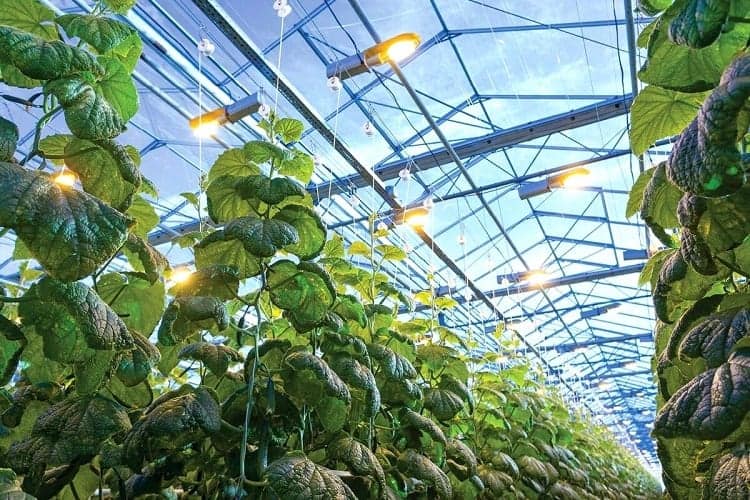
If there’s no sun outside, you might need artificial lighting for your mini greenhouse.
Known as grow lights, these give your plants the light that they need to continue growing in spite of the conditions outside.
Purchasing grow lights isn’t just about buying any lights and setting them up.
There are some important things to consider so that you purchase the grow lights that your plants need, depending on their individual needs.
Blue or red light will have the most effect on plant photosynthesis.
The blue light will motivate plants to grow in a bushy way, while red light will encourage hormones in plants so that they can bloom.
Orange and reddish lights both work well to create heat in your greenhouse.
Your best bet when choosing between different types of grow lights is to buy fluorescent bulbs.
These are cost-effective and they’re a simple way to give enough light that plants and flowers will generally need.
In addition, they have a blue color tone which will encourage your seedlings to grow.
How To Choose The Perfect Mini Greenhouse
If you’re not building your greenhouse yourself, you will need to purchase it.
Mini greenhouses don’t come standard.
There are a variety of options available when it comes to them, but to make the right purchase that you won’t later regret, consider the following options:
The Mini Greenhouse’s Frame
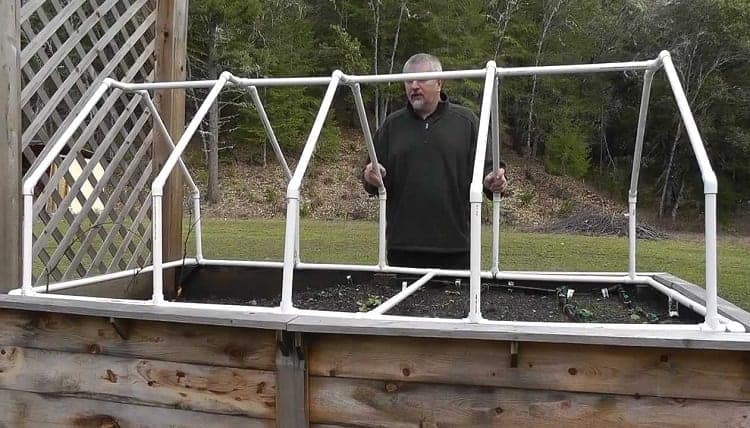
- If you’ve always wanted to have a mini greenhouse made out of wood because it’s so charming, bear in mind that you should choose wood frames that have been made from well-seasoned hardwood as this is much more durable and will have a long lifespan. Be careful to avoid cheaper wooden products as these will end up warping within a short amount of time.
- If you want something more resistant to the elements considering your mini greenhouse will be outside, opt for aluminum. This won’t become rusty, but go the extra mile by choosing a mini greenhouse that has a powder-coated aluminum with an oven-baked finish, as Garden Products advises. This will make sure it looks good while being protected from the rain and sun.
- Another good frame to consider is one built out of galvanized steel. This is a strong and durable option that is also heavy, which is a good thing as once you’ve placed your mini greenhouse in the garden you don’t want it to be rattled by strong winds. That said, if you need to move your greenhouse to a new location, steel is heavier to transport.
The Greenhouse’s Ventilation
Although the greenhouse is supposed to create a cozy habitat for plants and produce, you should always ensure that it has good ventilation.
This prevents your plants from becoming too hot during the summer months.
How the mini greenhouse is built will show you if it has good ventilation.
Ideally, you should look for sliding door design. This helps you to customize how much ventilation you need, depending on the weather and seasons.
You should also purchase a mini greenhouse that has ventilation panels.
These not only add to the greenhouse’s aesthetic appeal, but they will keep it cool to prevent your plants from suffocating.
Versatility
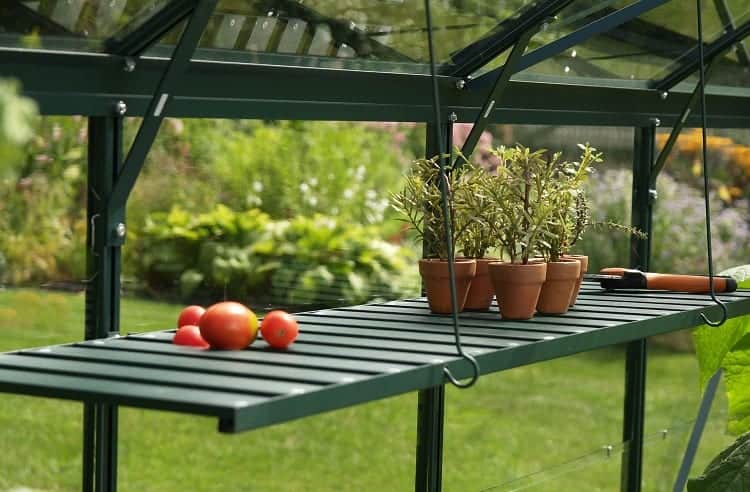
Your mini greenhouse should allow you to customize it when you need to, such as by adding or removing shelves.
This is especially important if you’re going to be growing different items that have different needs and for which you will need to have sufficient storage.
You should always avoid purchasing a mini greenhouse that has no shelving or fixed shelves.
A bonus feature to look for is a mini greenhouse that has removable roof panels as this allows taller crops, such as tomatoes, to grow out of them.
Panel Clarity
You can find mini greenhouses with panels that are clear or opaque.
You might assume that clear panels work much better to bring in enough sunlight, but there are some things to consider.
Clear panels do give brighter light and opaque panels give a diffused light, but they are both useful depending on what you need.
- If you want to germinate seeds, then you’ll want to take advantage of having direct, bright sunlight through the panels.
- However, if you want to keep growing plants after they’ve sprouted instead of transplanting them into your garden, then opaque glass can actually work better. It provides your plants with a balanced, even light that prevents hot spots. Diffused light through opaque glass panels will strike your plants all over, instead of just targeting one part of them.
If you want to do both of the above tasks in your mini greenhouse, then you will do best by purchasing a greenhouse that has semi-diffused cover, as Earth Easy reports.
This gives you the benefits of clear and opaque glass, meaning that you get semi-direct light without compromising the growth of larger plants.
Warranty

When purchasing a mini greenhouse, you want to ensure that it will be protected so always check its warranty to avoid future disappointments.
It’s also a good idea to find out how long the greenhouse materials are meant to last and what parts of it will be covered.
You might be able to cover your greenhouse under your home insurance policy, which can protect it against weather conditions such as hail.
Related Questions
What are “cold frames”?
These are types of mini greenhouses that are used early in the springtime to allow seedlings to germinate and sprout while protecting them against harsh conditions such as spring rains and frost.
How do you know if your greenhouse plants need artificial light?
Signs that your plants aren’t getting enough light include if they have weak stems, light-colored leaves, or yellowing leaves on the inner part of the plant, so keep an eye out for those.
How can you prevent shadows from forming inside your greenhouse?
Shadows can cut out the light, but if you have clear glass panels on your greenhouse you can reduce them by placing a layer of white gravel along the base of your greenhouse all the way around it. The whiteness will reflect light into the greenhouse, as Earth Easy reports.
Conclusion
A greenhouse in the garden sounds so idyllic, but it doesn’t have to remain a dream.
If you’re short on space, you can enjoy the benefits of a mini greenhouse.
Having your own one is a great way to make use of limited space in the garden to flex your gardening muscles.
As you can see in this article, there are many different plants that can grow under greenhouse conditions, provided the mini greenhouse is warm yet properly ventilated.
We’ve also featured some important tips when it comes to maintaining your greenhouse temperatures all year round as well as how to purchase a mini greenhouse that will be durable and give you lots of beautiful plants and produce for many years to come.
Last Updated on August 20, 2022 by Gustaf Johansson



